How to leapfrog your competitors

A new business development story
Through the course of a long and quite varied career, I’ve had many very interesting challenges and some very satisfying moments in bringing projects to their conclusions. Some of these you can read about here in the Case Studies section, but there are many others that I recall with pleasure, including the work I did for Smiths Medical – a world leader in the design, manufacture and distribution of medical devices.
Prior to hiring me, the company’s range of intravenous drug pumps was at serious risk of losing business to competitors for the simple reason that these competitors were able to offer products with features which were much better at integrating their equipment with the hospital computers, holding clinical care records and other information. These products therefore stood to offer improved patient care because of the fact that they could provide automatic, computerised audit trails, thus reducing risk of errors arising from the set-up of equipment.
The first thing I did when I was taken on, was to undertake a study of all competitor activity, looking carefully at the marketing methods and the technology they were offering. This led quite logically to the development of a business strategy which I then presented to the Board of the company. Following this, the Board approved resources and finance to conduct a more in-depth study.
Phase two of the project involved some restructuring of the design and marketing departments, allowing for the creating of a specialist team to help in formulating a product development proposal. The proposal we created was put before a key hospital customer who was, at that time, considering a replacement purchase. The meeting went very well. Among other things, it gave us some vital feedback, allowing us to further refine and improve the proposal.
This key customer’s interest made the Board feel able to approve a product design mock-up or ‘demonstrator’ and this was duly developed. The work was enhanced by several sources of clinical and technical expertise from outside the company – compensating for areas that were not regarded as being required continuously within the company.
The product design mock-up that we produced impressed the key customer – to the extent that they placed a £3million order for the proposed medical device, all based on the marketing and development plan. A hospital representative put it like this: “You have demonstrated a cost-efficient and innovative way of meeting our requirements. Your proposed solution is different from the solutions being offered by the competition and more relevant to our needs.”
This comment shows just how far we had come from the time that I was originally taken on. Our discussions with other hospital customers showed us that many were not clear about the best ways to integrated this kind of medical device, so with this in mind, we styled future presentations to help them more with their thinking processes.
From this we received some serious interest, which increased further so that within twelve months, there were sufficient orders to justify the cost of the complete product development programme. One of the company’s senior salesmen said to me:
“Your plans and demonstrations opened doors for us that we thought had been closed for good.”
An independent pharmacy expert told me that the product design we had developed showed features which put us ahead of the competitors.
As I’m sure you imagine, this successful outcome gave me a lot of satisfaction. As always, the key for me was developing a good early grasp of the client company and its USP and how this could be brought to bear in working with its teams to develop a product that took it back to the forefront in the field of intravenous drug pumps.




